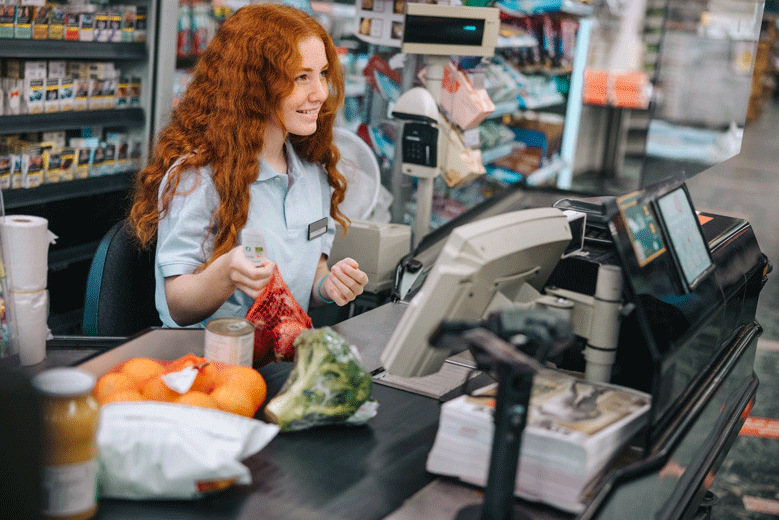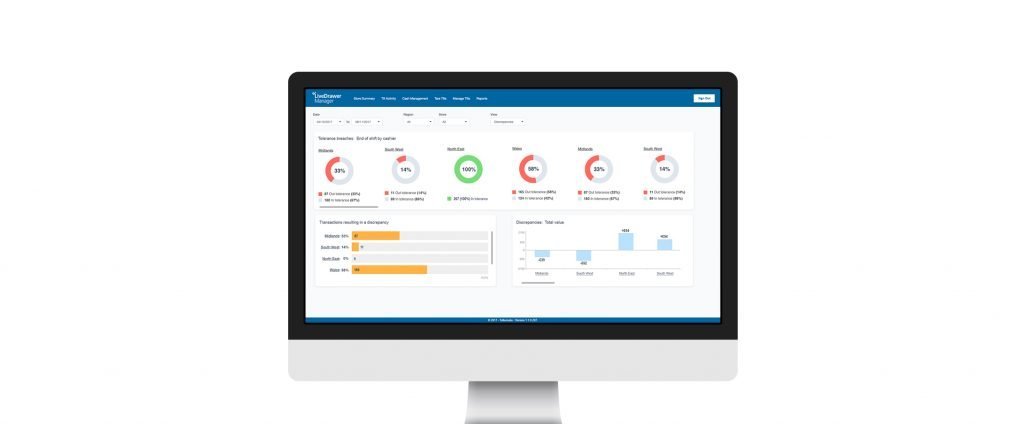Quiet day today? For some retailers this kind of scenario is commonplace in their stores, for at least a small period. However, it’s important for every business to make the most of each day. In the US, it was estimated that in 2017 idle time cost US businesses up to $100 billion.
There are experts in the field of waiting line and queue theology. In many operations management books and courses, there are formulas to determine which queue structure is best for a business and what you can afford on having cashiers readily available vs. having customers wait. In any way the numbers fall, there will always be some down time if you don’t want customers to wait on a cashier to appear, and there will always be peak times where customers must wait longer.
Because every store is different, what if your till could intuitively track cashier idle time unique to your store?

It’s a difficult topic to address because often it’s the supervisors and managers who are at fault. This can lead to tension between in-store staff. It’s also difficult to quantify and this can lead to inconsistencies between shift supervisors, and store members can be treated differently as a result. The best way to address this is through data.
There are CCTV options which can address this. Cameras combined with AI powered analytics software can automatically detect issues such as theft and slow transaction speed, which can be used to generate reports. These systems are often expensive to install and raise several concerns around GDPR and privacy.
You can also measure a range of factors that affect transaction time through your POS system. POS customisation allows you to measure almost anything, ranging from time taken to process cheques through to the percentage of items keyed in. This can provide a wealth of data, sometimes too much and you would need to limit reports to being exception based. As any developer will tell you though, customising POS software, even with an experienced in-house team, is a challenging task. Using third parties can often make it cost-prohibitive and extend project timelines by years.
Tellermate’s LiveDrawer is a self-counting cash drawer. It balances, transfers data and triggers alerts in real time, addressing a wide variety of challenges including internal theft, transactions time, and human error. That data provided can also identify cashier idle times, on an employee, store and group basis. Trends can be analysed and staffing levels can be optimised based on this data. LiveDrawer is the only cash management solution that natively provides these analytics.

LiveDrawer Manager – Store Level Till Overview with Transaction Date & Time, Log On and Off time of cashiers, discrepancies markers. A click on the transaction will open up even more detail.
With the data at your fingertips, store managers can identify trends in their stores so that staff levels can be optimised, helping to reduce staffing costs. During the day when idle time thresholds are met, cashiers can be redeployed across the store for merchandising activities, customer care and housekeeping tasks. This means that your stores can be better prepared for peak periods, and your customers have a better experience in-store, which in turn will help them part with more of their cash!

We understand that there is a need for automated and self-serve payment stations, but there is also a need to maintain cashier presence in store as well. LiveDrawer can complement existing processes, hardware, and can integrate easily through its REST API.
We also developed LiveDrawer Manager, a piece of software that gives easy access to the data that LiveDrawer provides and can create a suite of reports customised to your needs.
To find out more about how LiveDrawer could benefit multiple areas of your business, please contact us using the form below.